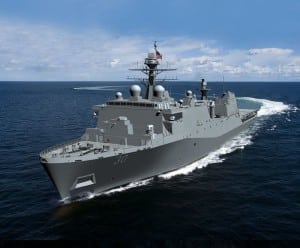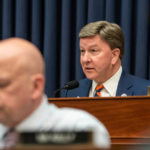
The Senate Armed Services Committee’s (SASC) final fiscal year 2024 defense authorization bill includes a provision that would restrict Navy funds until it submits a new shipbuilding plan accounting for maintaining 31 amphibious ships. The bill specifically would limit obligating or expending 50 percent of the FY ‘24 Navy Administration and Service- wide Activities, Operation and Maintenance account until the Secretary of the Navy submits a new 30-year shipbuilding plan that meets the statutory requirement to maintain 31 amphibious ships.…

 By
By 











